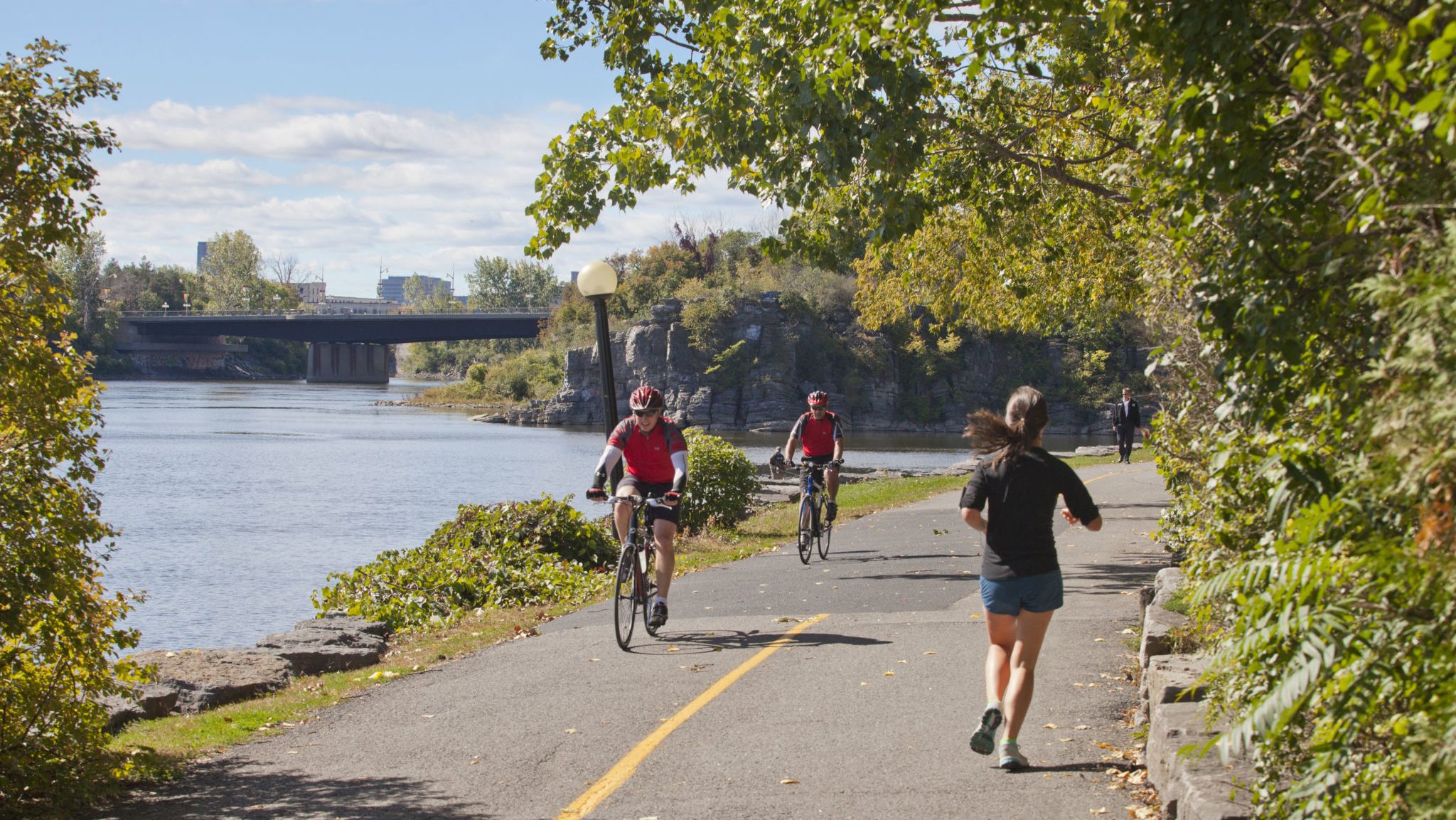A new report details that the number of residents travelling by bicycle has more than doubled in over a decade.
The City of Ottawa released the Transportation Trends Report, results from a 2022 survey looking at residents’ daily travel — including trip origins and destinations, modes of travel, and purpose. The study is a part of the ongoing Transportation Master Plan Update project.
The survey found that the number of residents travelling by bicycle has more than double between 2011 and 2022.
“Cycling trips now account for approximately 4 per cent of the total daily trips starting or ending in Ottawa, equating to around 99,000 trips per day,” the data shows.
The study draws a link between a rise in cycling trips and investment in new cycling infrastructure over the past decade, reflecting that improvements in cycling infrastructure have attracted new riders. Infrastructure, such as the Adàwe Crossing over the Rideau River — which opened in December 2015 — has provided cyclists with additional routes across geographical barriers, the city said.
“New active transportation links, especially those crossing a barrier, have observed high usage. For example, almost 330,000 people cycled across the Adàwe Crossing in the first year, with over 390,000 trips in 2019,” it added.
The report reveals since 2011, the population has grown from 883,000 to over one million people in 2021, representing a growth of 15 per cent — and has included population growth as a factor behind the cycling increase.
Additionally, the report provides insight on the number of daily cycling trips in Ottawa, increasing from 48,000 in 2011 to 99,000 in 2022.
However, the municipality is reminding drivers and cyclists to prioritize road safety — noting that pedestrians, cyclists and motorcyclists are more vulnerable to severe injury from vehicle collisions.
Of 673 fatal and serious injury collisions between 2017 and 2021, approximately 10 per cent involved cyclists, and 69 people on bikes were seriously injured or died.
“All these collisions were preventable. Blind spots are a major cause of fatal and major injury collisions,” city notes.

